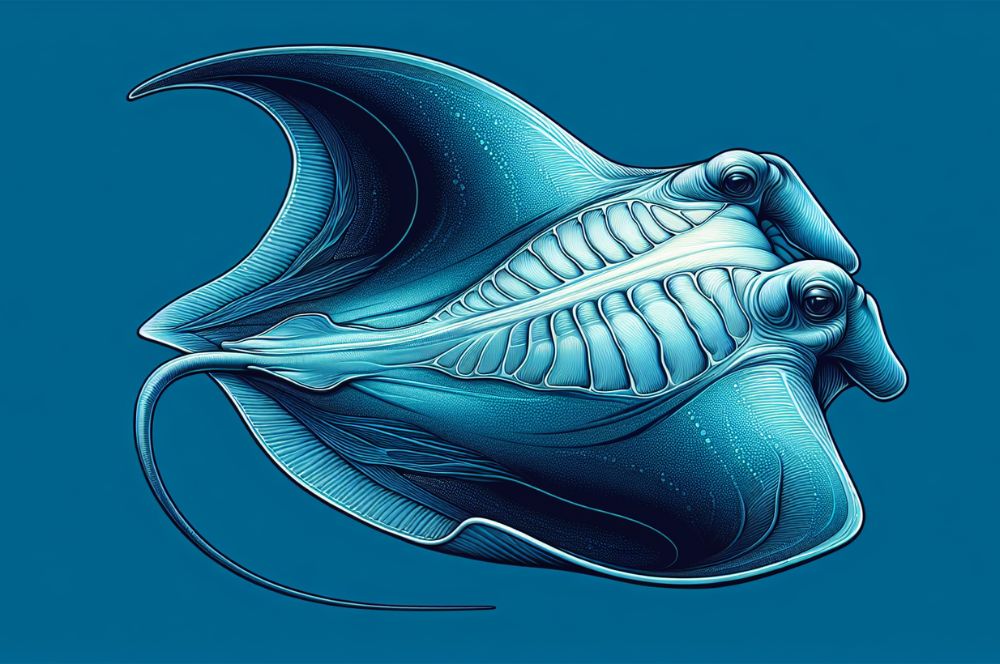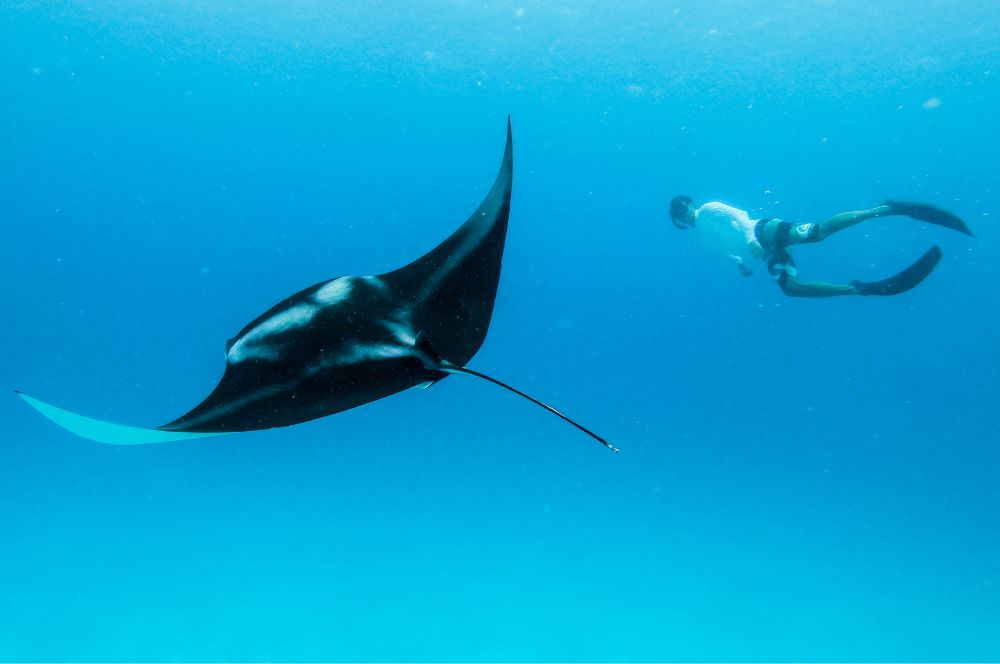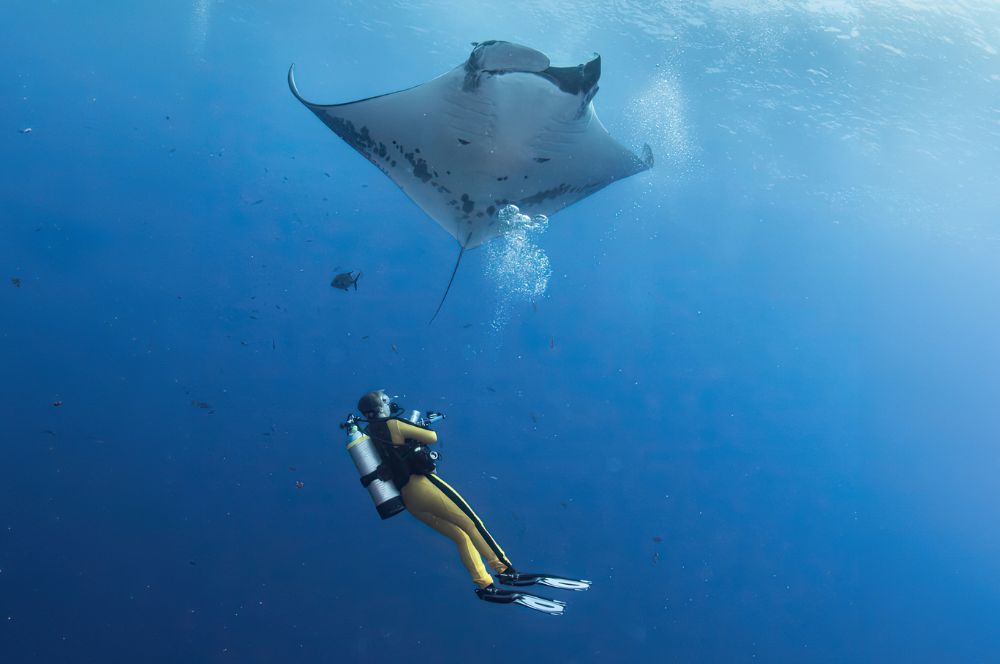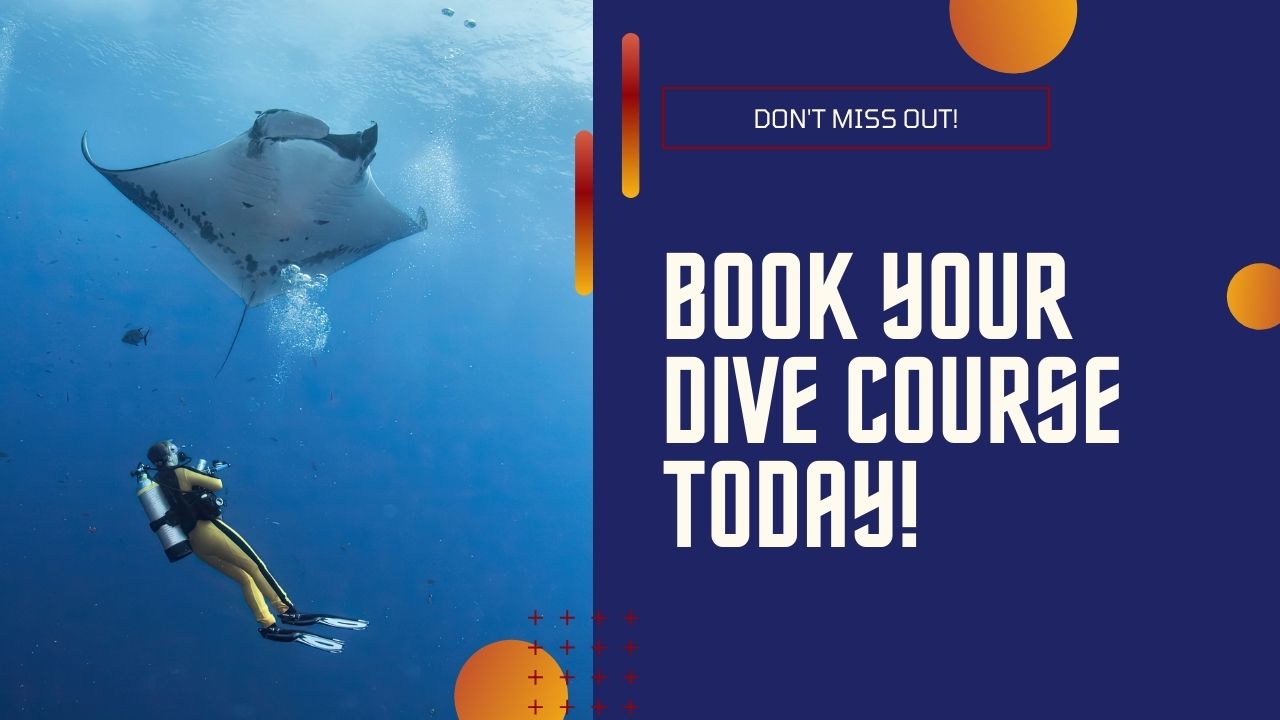You have 0 product(s) in your cart.
Abyss Scuba Diving
Discover The Majesty Of Manta Rays: Dive Into Their Graceful World
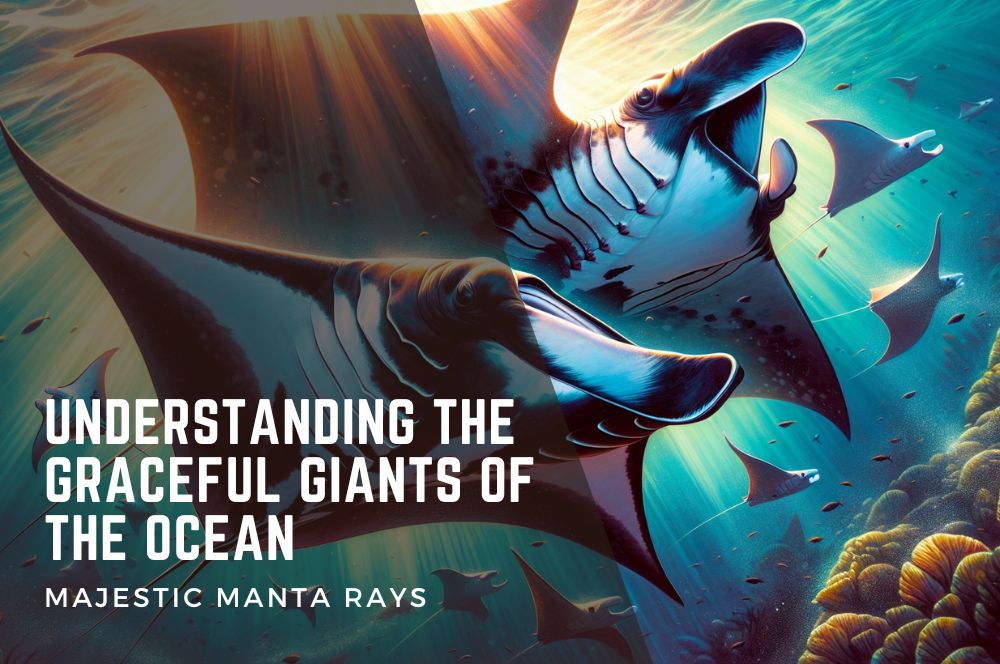
Majestic Manta Rays: Understanding the Graceful Giants of the Ocean
Exploring the ocean’s vastness, one might encounter the serene glide of manta rays. But what do we know about these elusive creatures? In this article, we demystify manta rays, covering their species, unique characteristics, and the surprising intelligence that rivals any marine animal. We also address their crucial role in ecosystems, the threats they face, and how you can witness their majesty without harming their delicate existence.
Key Takeaways
-
Manta rays consist of two distinct species, the giant oceanic manta ray with a wingspan of up to 7 meters, and the smaller reef manta ray, inhabiting tropical and subtropical coastal waters.
-
Manta rays exhibit remarkable intelligence and complex behaviours, such as self-awareness, social interaction, specialised feeding strategies, and impressive cognitive abilities supported by the largest brain-to-body ratio of any cold-blooded fish.
-
Conservation efforts are critical for manta ray survival, with threats including commercial fishing for gill plates and bycatch; however, sustainable tourism contributes both to their protection and significant global economic value.
Manta Ray Species: Giant and Reef Mantas
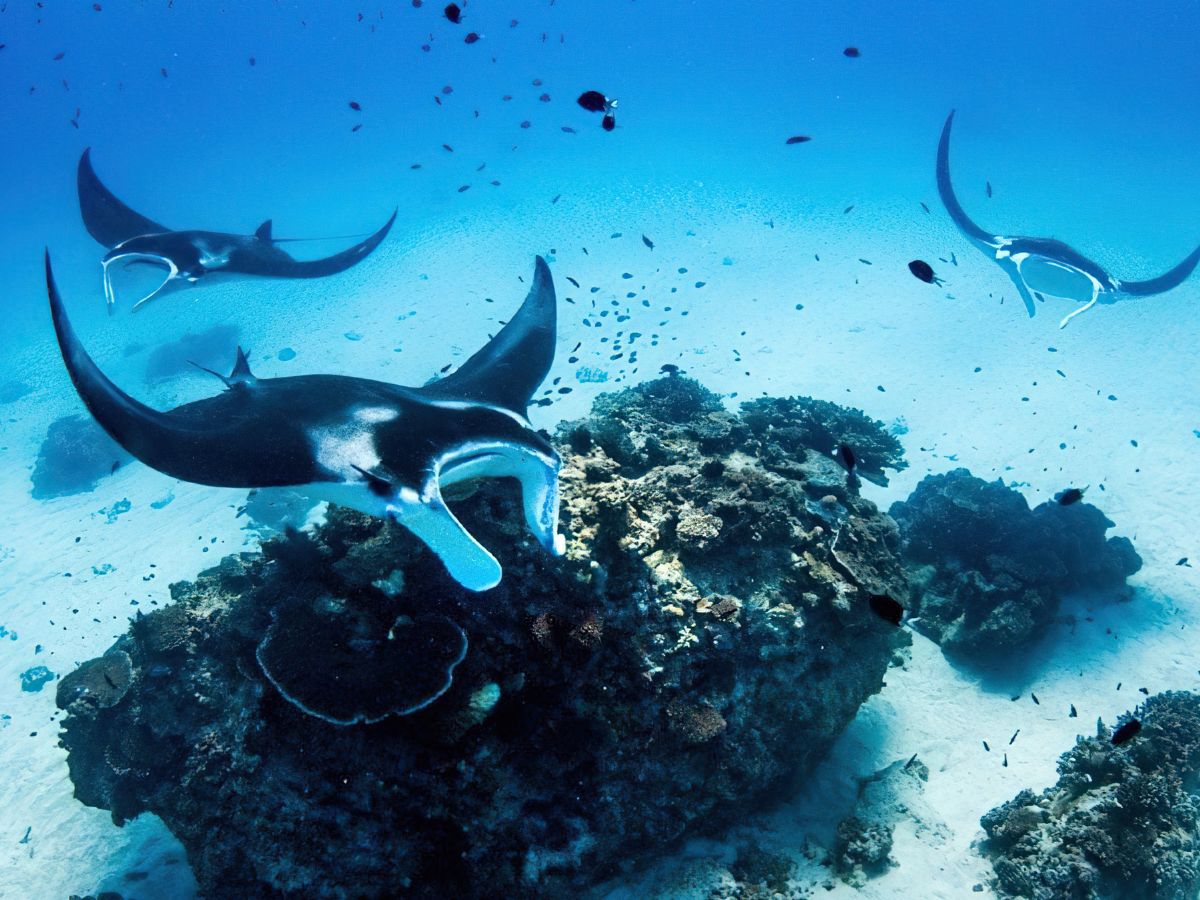
When we contemplate the manta ray, we’re actually speaking of two distinct species of manta: the giant oceanic manta ray (manta birostris) and the reef manta ray (M. alfredi). Each species holds unique characteristics and favoured habitats, contributing to the diversity and richness of the marine world.
The larger of the two, the giant oceanic manta ray, commands awe with its impressive size, reaching widths up to 7 meters. Conversely, the reef manta ray, though smaller, is no less captivating, with widths of up to 5.5 meters. These species are true wonders of the ocean, with their size and grace inspiring admiration and fascination.
Giant Oceanic Manta Ray
The giant oceanic manta ray, also known as the giant manta ray, is a species circling the equator and is a breathtaking sight. With a wingspan of up to seven meters and distinguishable by a caudal thorn and rougher skin, it is the larger of the two species, with eagle rays being the other. Preferring the open waters, these giants often migrate with ocean currents to areas rich in nutrients, making a manta ray swim an unforgettable experience, especially when witnessing manta rays swimming in their natural habitat.
Despite their usual preference for solitude or small groups, a particular location is famed for observing these majestic beings. Socorro Island, Mexico, is deemed the best place in the world to see giant oceanic manta rays, attracting divers from around the globe.
Reef Manta Ray
Reef manta rays, although smaller than their oceanic counterparts, possess a distinct allure. They:
-
Measure between three to three and a half meters across
-
Inhabit the coastal areas of tropical and subtropical waters
-
Predominantly live in the Indo-Pacific region, where manta rays live.
Although smaller, these creatures present a unique spectacle for divers and snorkelers due to more rounded shoulder markings, lack of a caudal thorn, smoother skin, and lighter mouth coloration.
Anatomy and Characteristics
Manta rays exemplify the wonders of marine biology. Here are some key features of manta rays:
-
Their body is large and diamond-shaped
-
They have a skeleton made entirely of cartilage
-
This flexible skeleton allows them to navigate the ocean currents with grace and agility.
Their most striking features are:
-
The triangular pectoral fins, evolved from those of bottom-dwelling stingrays
-
These fins have developed into more wing-like appendages, aiding their open-ocean mobility
-
The wide, terminal mouths at the front of their heads
-
The unique cephalic lobes used to channel water during feeding
These features further distinguish mantas, including the manta alfredi, from most rays.
Manta rays also exhibit two primary colour patterns: chevron, with a predominantly black back and white belly, and black, with near complete blackness on both upper and lower sides. These colour patterns, along with their unique spot pattern on their ventral side, make each manta ray as individual as a fingerprint.
Manta Ray Behavior and Intelligence
Manta rays, apart from being magnificent creatures, display high intelligence. With the largest brain-to-body ratio of any cold-blooded fish, manta rays demonstrate complex cognitive abilities. Research has revealed that manta rays exhibit behaviours suggesting self-awareness and are even capable of:
-
recognising themselves in mirrors
-
solving puzzles and learning tasks
-
displaying curiosity and exploration
-
forming social bonds and recognizing individual rays
Their intelligence and cognitive abilities make them truly fascinating creatures.
Their advanced long-term memory is evident in the ability to create mental maps of their environment, guided by visual and olfactory cues. This intelligence is not just for navigation; it also benefits their social interactions. Each manta ray carries a unique spot pattern on its ventral side, which can be used to identify individual manta rays and study their social interactions.
The manta ray’s complex behaviours extend to their feeding strategies as well. As filter feeders, giant manta rays undertake migrations, following areas with upwelling and ample zooplankton availability. They have also developed specialised feeding behaviours, such as barrel rolling and chain feeding, to maximise their capture of prey.
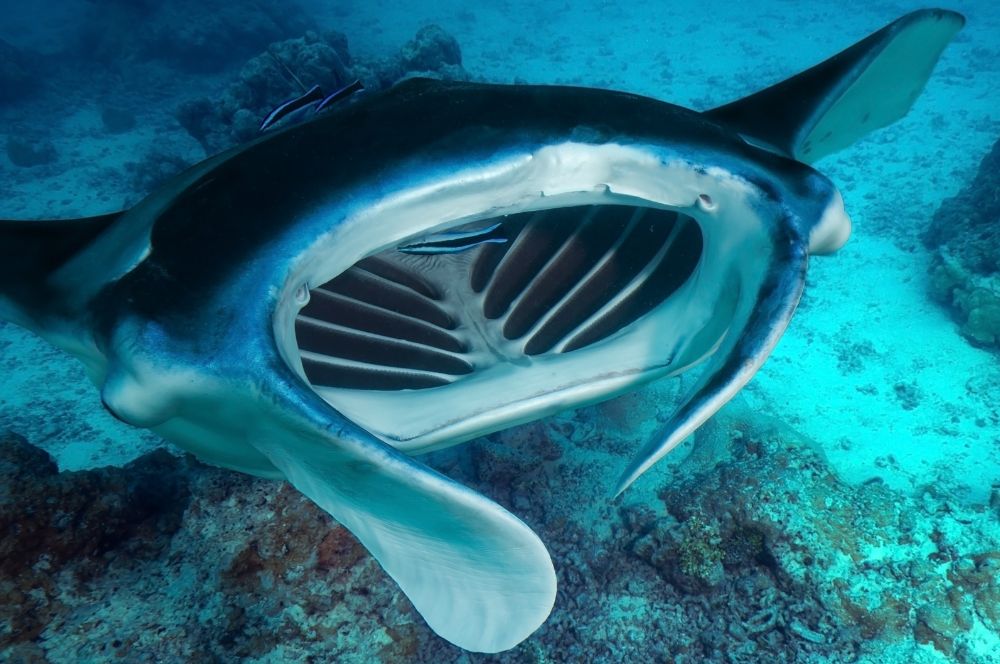
Life Cycle and Reproduction
The life cycle of manta rays involves a complex process. Giant manta rays typically give birth to one pup every two to three years, following a gestation period of around one year. Though the brood size is usually one, manta rays can occasionally give birth to two pups.
In the mating ritual, the male manta ray closely follows the female, grips her pectoral fin with his teeth, and inserts a clasper into her cloaca. Male manta rays reach sexual maturity at a disc width of at least 4 meters, while females mature at approximately 5 meters in disc width.
Before birth, manta ray embryos can grow to a size of 50 inches in disc width and weigh more than 20 pounds. Interestingly, manta rays may also leap out of the water, a behavior believed to be a form of communication or related to mating rituals.
Manta Rays and Human Interaction
Generating an estimated global tourism revenue exceeding US$73 million annually, manta rays benefit countries like:
-
Japan
-
Indonesia
-
The Maldives
-
Mozambique
-
Thailand
-
Australia
-
Mexico
-
The United States
-
The Federated States of Micronesia
-
Palau
This economic value of manta rays has contributed to their protection and conservation efforts.
In addition to the financial benefits, human interactions with manta rays also contribute to their conservation through scientific data collection. Members of the public report sightings of giant manta rays, providing valuable data on distribution patterns and habitat use, aiding in the understanding and protection of the species.
These public reports can be made directly to NOAA Fisheries, including photos and detailed sighting information, demonstrating that every person can have a role in manta ray conservation.
Diving and Snorkeling with Manta Rays
Experiencing manta rays through diving and snorkelling is undeniably magical. With their graceful ballet-like movements and curious nature, they are a delight to watch. Destinations that offer rich opportunities for these encounters include:
-
Costa Rica
-
Socorro Island in Mexico
-
Hawaii
-
Indonesia
-
Australia
-
Japan
-
Micronesia
-
Mozambique
-
Fiji
-
Maldives
Liveaboards like:
-
Spirit of Freedom
-
Spoilsport
-
Pro Dive Cairns in Australia
-
The Junk
-
MV Andaman in Thailand
-
Amira
-
Sokoraja in Indonesia
-
Quino el Guardian
-
Solmar V in Socorro Island, Mexico
We offer targeted scuba dive trips, providing special expeditions to manta ray hotspots, focusing on these fascinating migratory species.
Although these encounters are exhilarating, it’s important to uphold appropriate behaviour while diving or snorkelling with manta rays. This includes keeping a respectful distance to avoid disrupting their feeding, breeding, and socialising activities.
Conservation and Threats
Despite inspiring awe, manta rays confront significant threats. Commercial fishing, driven by high demand for their gill plates and frequent bycatch, is the main threat to manta rays. These practices are often unregulated and can lead to population decline.
In response to these threats, various conservation efforts have been put in place. These include:
-
NOAA Fisheries’ recovery outline
-
Funding for bycatch mitigation studies
-
Listing under CITES for sustainable trade
-
Acknowledgement as a threatened species under the Endangered Species Act
Sustainable tourism involving manta rays also holds an essential role in conservation. Tourism revenues help fund research and protection initiatives, demonstrating that the fascination humans have for these creatures can positively contribute to their survival.
Summary
Manta rays, the graceful giants of the ocean, are a testament to the wonders and diversity of marine life. Whether it’s the giant oceanic manta ray, commanding awe with its impressive size, or the smaller reef manta ray, charming in its own right, these creatures captivate with their ethereal grace and unique behaviours. Despite facing significant threats, the dedicated efforts of conservationists and the public, coupled with sustainable tourism, offer hope for their future. As we continue to learn about these fascinating creatures, may we also strive to protect and cherish the oceans they call home.
Frequently Asked Questions
What makes diving with manta rays special?
Diving with manta rays is special because of the unique connection you create with these graceful creatures as they glide and dance around you.
What are the main threats to manta rays?
The main threats to manta rays are commercial fishing, driven by high demand for their gill plates, and frequent bycatch. These factors pose a significant risk to their population.
How can I contribute to manta ray conservation?
Report sightings of giant manta rays, including photos and detailed sighting information, directly to NOAA Fisheries to contribute to manta ray conservation.
What are the main differences between giant oceanic manta rays and reef manta rays?
The main differences between giant oceanic manta rays and reef manta rays lie in their size and preferred habitats. Giant oceanic manta rays are larger and favour open waters, while reef manta rays are smaller and inhabit coastal areas in tropical and subtropical waters.
How often do manta rays reproduce?
Manta rays reproduce every two to three years, with a gestation period of around one year.
Recent Posts
